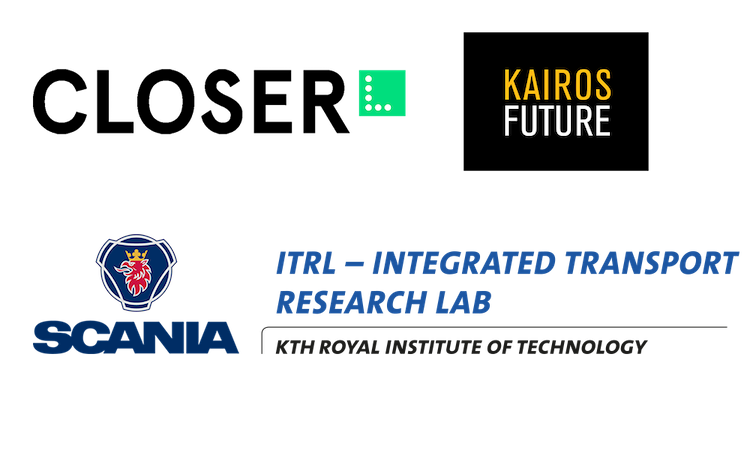Future Scenarios for the Digitalised Road Freight Transport Landscape
Digitalization and automation are developing fast, experts agree on that it is not a matter of if but rather when we will see impacts on public streets and effects of business.
On the other hand: the ideas about how digitalization and automation will affect the transport system and the society are many and diverse. In particular this is true for goods and freight transportation.
Questions arise like: How long does it take until driverless freight vehicles are occupying the streets? In what form? Can data and digitalization improve efficiency in transport concepts? Will automation change the business structure? In short: How will the future look like? Digitalization and automation have a great potential to contribute to a sustainable transport, but there is also a risk that the effects go in the opposite direction, and traffic work and energy consumption increase. What factors affect the future development the most? What factors are uncertain? And what actors has the possibility to affect these factors?
The goal of this project is to develop three to four future scenarios describing the effects of digitalization and automation in goods transport, and the effects on future transport system and society.
Three workshops with experts from the road freight sector has been carried out during the winter 2018-2019, and the results are then analyzed by an analysis team and transformed into four future scenarios.
Final report (pdf 1.8 MB) now available. If you have any questions, please contact Anna Pernestål
Partners

Funding partner


